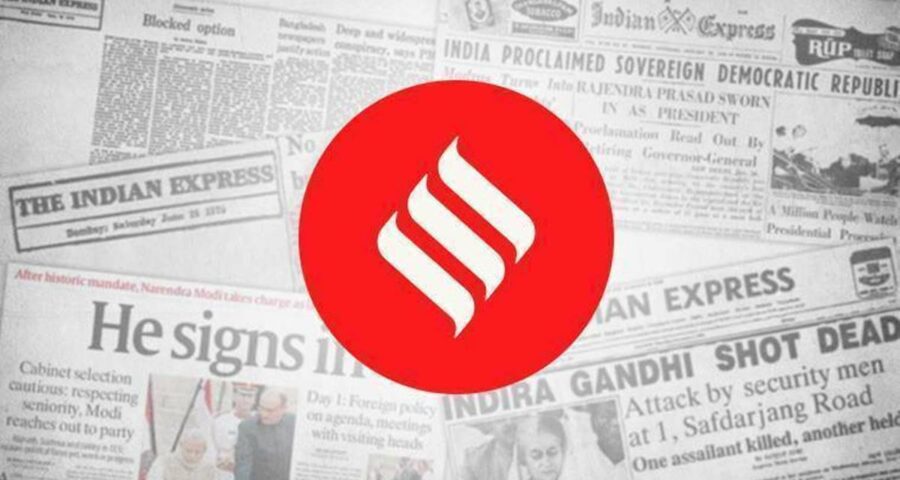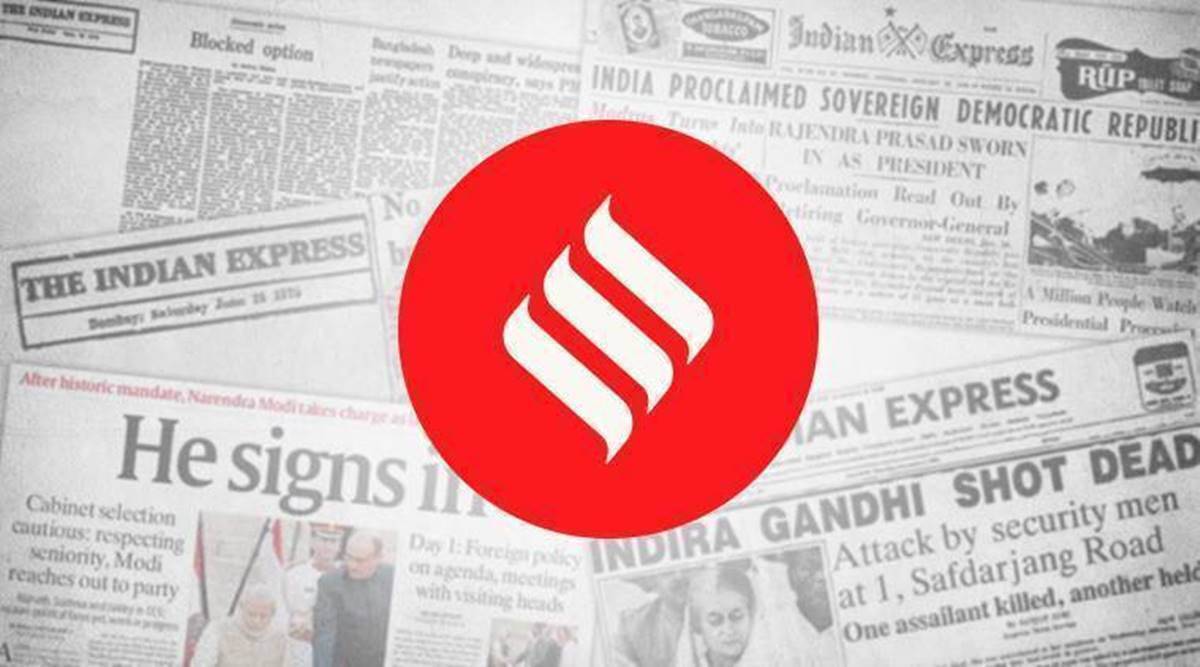Carefully constructed India-China relations have been upended. LAC in eastern Ladakh continues to be source of concern.
It’s a year since the clash between Indian and Chinese troops in Galwan Valley, at the Line of Actual Control in Eastern Ladakh, in which India lost 20 soldiers, including the commanding officer of 16 Bihar. This February, China officially acknowledged the deaths of four PLA soldiers in the most serious incident in 45 years between the two armies along the over 4,000 km contested border. Delhi had been caught by surprise at the large-scale massing of PLA troops in the Eastern Ladakh area, with transgressions by the Chinese in the Pangong area and other “friction points” in Depsang. But it was the clash in the Galwan Valley, in a period when the two sides had agreed to de-escalatory steps, that marked a new low in India-China relations. It seemed to upend nearly three decades of carefully constructed bilateral relations after a series of border agreements and confidence building measures in the 1990s. In the year since, the two sides have had several rounds of military commander-level talks, as well as between the foreign ministers and the special representatives. It is clear that India and China perceive the boundary question in fundamentally different ways. And that, for Beijing, this is no longer a matter of border management; it will continue to push its territorial claims.
Though tensions have come down since the mutual agreement on de-escalation and withdrawal of troops in the Pangong area in February this year, and despite efforts to project this as a “victory” enabled by the timely Indian occupation of the Kailash Range heights, the fact is that other areas of friction continue. Indian soldiers are still denied the right to patrol in some areas, and Chinese build-up of infrastructure on its side is going on apace. All this means the LAC in eastern Ladakh continues to be a source of concern for India. After the Galwan clash, Delhi hit back by cutting out some Chinese investments in Indian businesses, and restricted imports to reduce dependence on Chinese goods. But the numbers for last year show that the two-way trade came down only slightly, from $85.5 bn to $77.7 bn, and China still remains India’s biggest trading partner in the first half of FY 2020-21.
Even as the India-China relationship has undergone a massive shift, the asymmetry between the two has also become clearer. The standoff also underlined the difficulties of dealing with a hot LoC and a hot LAC at the same time. With Islamabad’s own preoccupation in Afghanistan, and its renewed diplomatic outreach to a post-Trump US, a ceasefire on the Line of Control from February this year has provided an opening for Delhi to repair ties with Pakistan. The Chinese actions at the LAC, which coincided with sharpened Beijing-Washington animosities, gave the world a clearer view of the India-China rivalry. Delhi’s participation in the Quad alongside the US, Australia and Japan has not gone down well in Beijing. As the only country in the Quad that shares a border with China, India needs to be prepared to contend with a more belligerent Beijing, from the LAC to the Indian Ocean.
Source: Read Full Article


